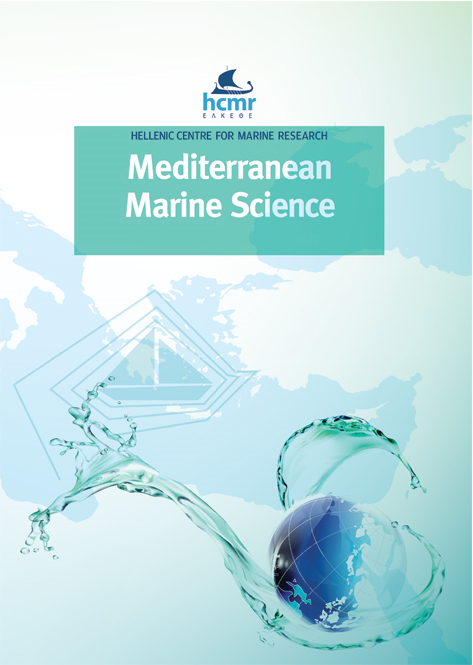Spatio-temporal variation of the invasive copepod Oithona davisae in the zooplankton community of Kavala harbour

Abstract
Non-indigenous species (NIS) are one of the anthropogenic effects greatly threatening biodiversity and ecosystem services. Ports and harbours are among the most susceptible environments for the arrival and establishment of these species since ballast waters represent a common pathway for NIS arrivals. However, relevant studies are limited. One of the few studies dealing with the zooplankton community of a harbour and reveals the presence of the widely distributed NIS Oithona davisae is presented in this paper, with special mention to the spatiotemporal variation of the species. The invader, O. davisae, a significant contributor to the zooplankton community, confirmed its thermophilic character and showed better development in the inner part of the harbour as well as patterns of coexistence with competing native species.
Article Details
- How to Cite
-
KOURKOUTMANI, P., LOUFI, K., KALANTARIDOU, G., KARAGIANNI , A., & MICHALOUDI, E. (2023). Spatio-temporal variation of the invasive copepod Oithona davisae in the zooplankton community of Kavala harbour. Mediterranean Marine Science, 24(1), 174–181. https://doi.org/10.12681/mms.32127
- Section
- Research Article
Authors who publish with this journal agree to the following terms:
- Authors retain copyright and grant the journal right of first publication with the work simultaneously licensed under a Creative Commons Attribution Non-Commercial License that allows others to share the work with an acknowledgement of the work's authorship and initial publication in this journal.
- Authors are able to enter into separate, additional contractual arrangements for the non-exclusive distribution of the journal's published version of the work (e.g. post it to an institutional repository or publish it in a book), with an acknowledgement of its initial publication in this journal.
- Authors are permitted and encouraged to post their work online (preferably in institutional repositories or on their website) prior to and during the submission process, as it can lead to productive exchanges, as well as earlier and greater citation of published work (See The Effect of Open Access).





